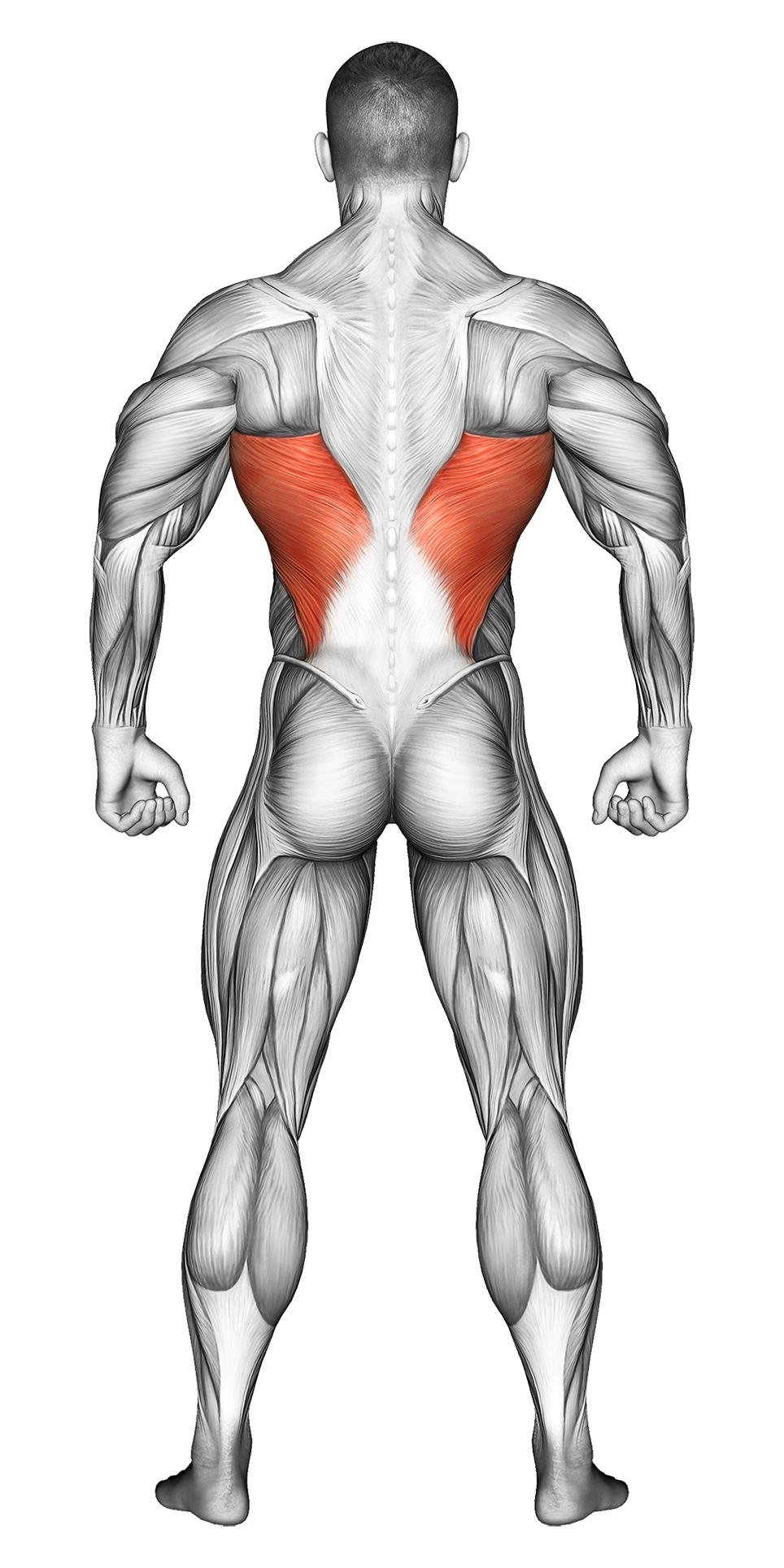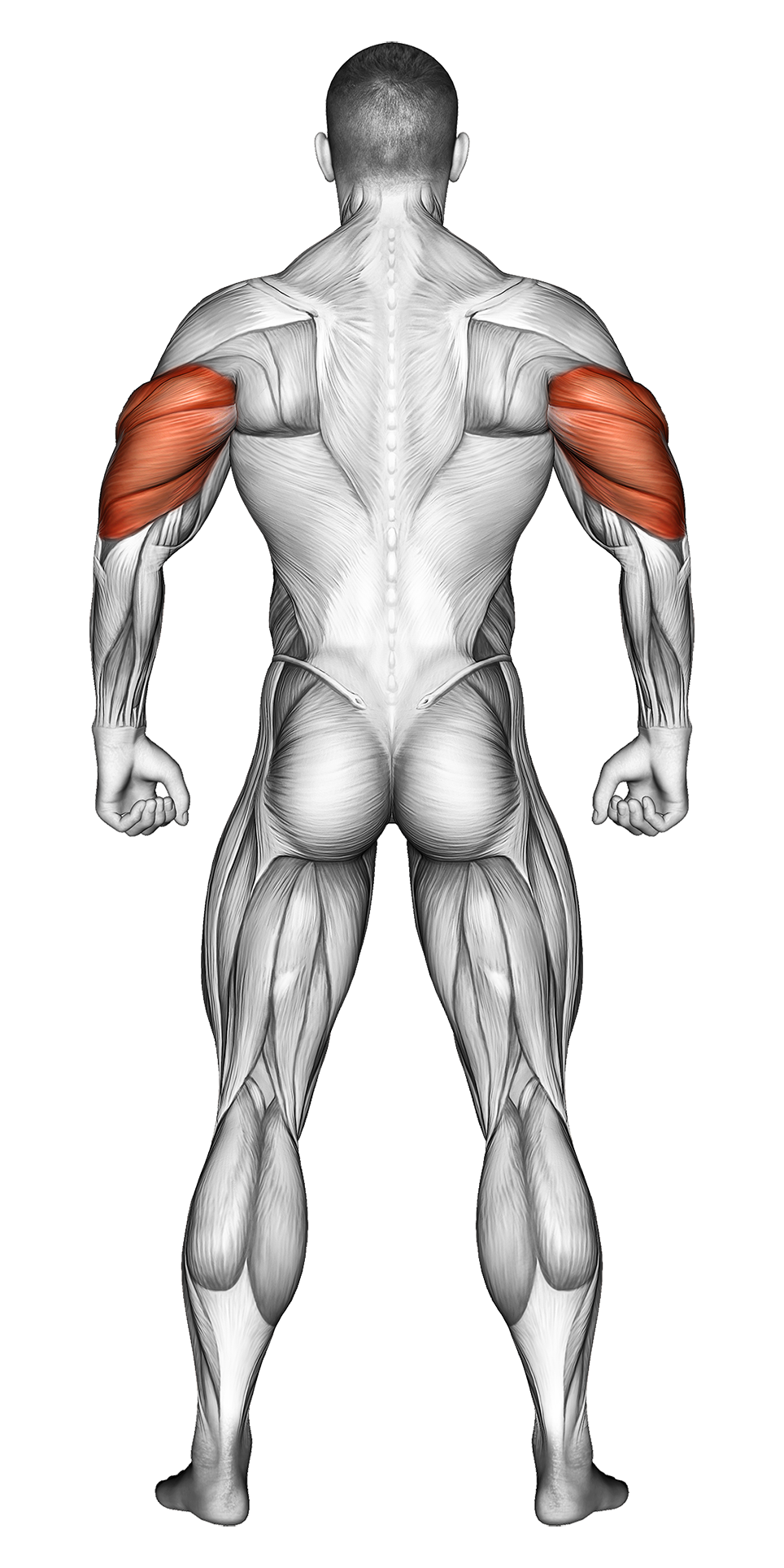Cable Pullovers: Video Tutorial & Exercise Guide
| Workout | Cable Pullovers |
| Primary Muscle Group | Lats |
| Secondary Muscle Group | Triceps, Chest |
| Equipment Required | Cable, Straight Bar |
| Force Type | Pull |
| Mechanics | Isolation |
| Exercise Type | Strength |
| Difficulty | Intermediate |
Cable Pullovers: Video Tutorial & Exercise Guide
How to do the Cable Pullover – Step-by-Step Guide
- Step 1: Set the pulley at the highest position on a cable machine. Attach a straight bar or rope to the pulley and stand facing the machine.
- Step 2: Stand with your feet shoulder-width apart, keeping a slight bend in your knees. Grip the bar or rope with both hands, arms extended in front of you.
- Step 3: With your core tight and back straight, pull the bar or rope down in an arc-like motion toward your hips, keeping your arms straight but not locked.
- Step 4: Pause at the bottom of the movement, feeling the tension in your lats, then slowly return the bar or rope to the starting position while maintaining control.
- Step 5: Repeat for the desired number of reps, focusing on squeezing your lats during each pull.
Cable Pullover Overview
The cable pullover is a fantastic isolation exercise that targets the latissimus dorsi muscles in your back, along with secondary engagement of the chest and triceps. Performed with a cable machine, this exercise allows for constant tension throughout the movement, making it an effective way to build strength and muscle.
This is an intermediate-level exercise, so if you're new to strength training, consider starting with lighter weights or asking a trainer for guidance to ensure proper form and avoid injury. Begin with a manageable load and increase the weight as you gain confidence and control over the movement.
Benefits of the Cable Pullover
Cable pullovers are a key exercise for developing a strong, wide back. They effectively target your lats and can contribute to that sought-after V-taper shape.
By using a cable machine, you maintain constant tension on your muscles throughout the entire range of motion, which can lead to greater muscle activation and growth. This exercise also strengthens your triceps and chest, making it a great addition to any upper body routine.
In addition to muscle-building, cable pullovers can help improve shoulder mobility and flexibility, making them beneficial for both strength and functional fitness.
Cable Pullover Pro Tips & Advanced Techniques
When performing the cable pullover, keep your core tight to prevent swinging or using momentum to pull the weight down. Focus on slow, controlled movements and really squeeze your lats at the bottom of the motion for maximum effectiveness. Want to step up the intensity? Try adding a slight pause at the bottom before returning to the starting position.
Progression Plan for Cable Pullover
| Level | Sets | Reps | Weight Progression |
|---|---|---|---|
| Beginner | 3 | 12-15 | Start with light weight, focusing on maintaining control and a full range of motion. Gradually increase the weight as your form improves. |
| Intermediate | 4 | 10-12 | Increase the weight slightly every 1-2 weeks, maintaining smooth, controlled reps. |
| Advanced | 4-5 | 8-10 | Use heavier weights and slow down the negative (eccentric) portion of the movement to maximize muscle tension. |
Frequently Asked Questions (FAQs) of Cable Pullovers
What muscles do cable pullovers target?
Cable pullovers primarily target the latissimus dorsi (lats), while also engaging the triceps and chest muscles.
How does the cable pullover compare to the dumbbell pullover?
Both exercises target similar muscle groups, but the cable pullover provides constant tension throughout the entire range of motion, making it slightly more effective for muscle activation.
How should I position myself?
Stand with your feet shoulder-width apart, grip the bar or rope with both hands, and keep a slight bend in your knees. Maintain a tight core and straight back throughout the movement.
How often should I do cable pullovers?
Include cable pullovers 1-2 times per week as part of your back or upper body routine for best results.
What common mistakes should I avoid?
Avoid using too much weight, which can lead to improper form and strain on your lower back. Focus on controlled movements and a full range of motion.
Share


